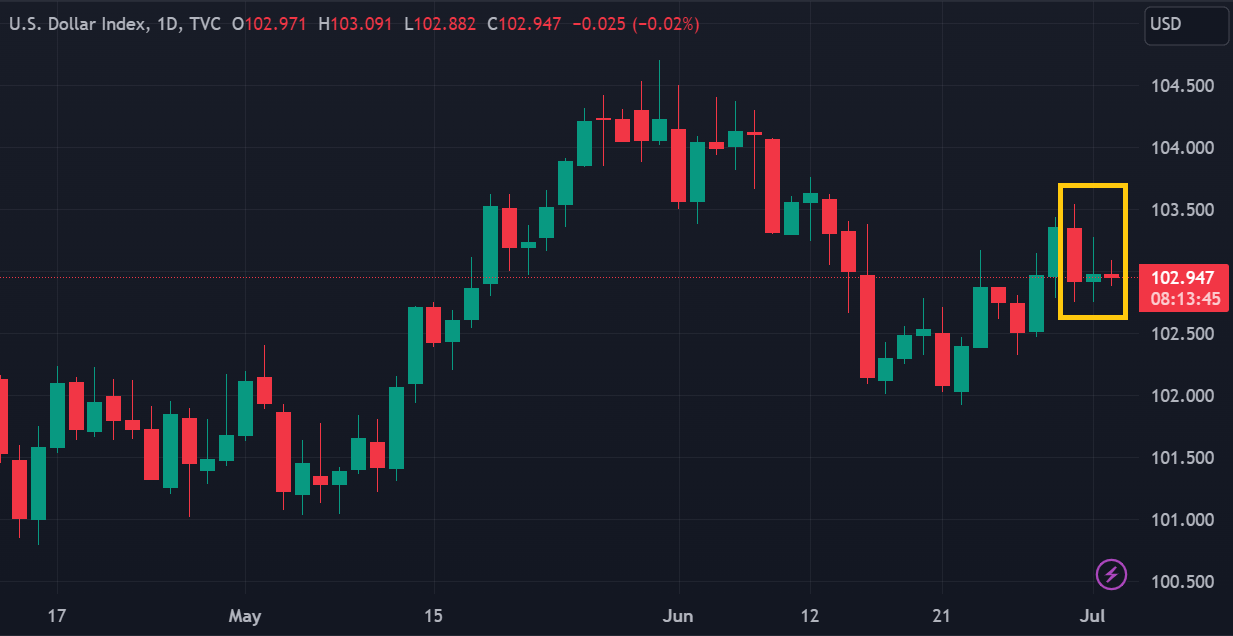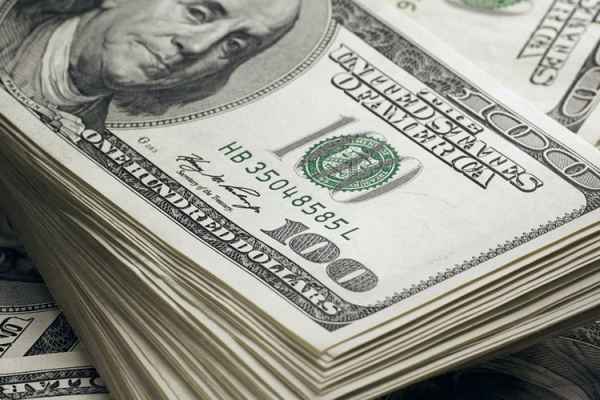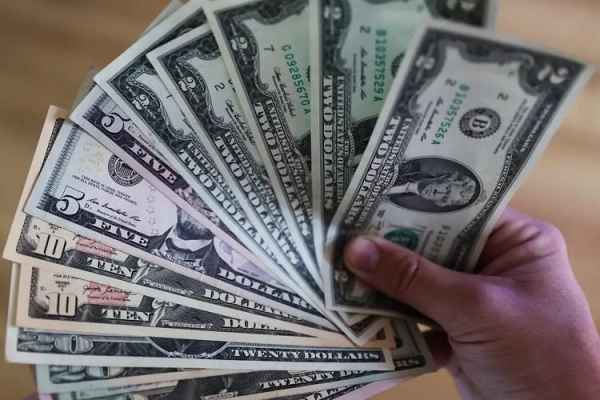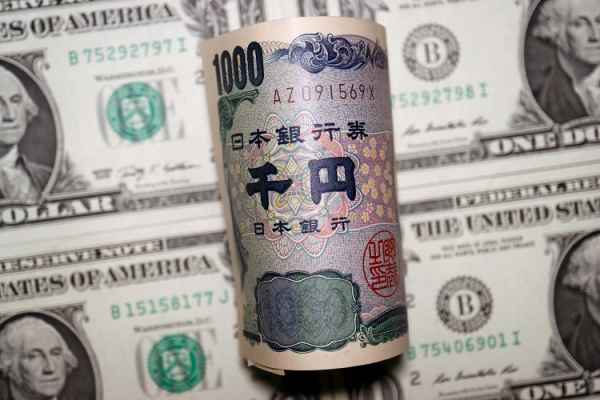The US dollar was sluggish, giving AUDUSD and NZDUSD the opportunity to surge. However, other currency pairs moved limited.
The greenback moved sluggishly in early trading this week, as seen in the US Dollar Index (DXY), which was contained at around 102.90 at the start of the New York session (4/July). Several factors were behind this, including a holiday for the US Independence Day celebrations, market caution ahead of the release of the FOMC minutes on Thursday, and the Non-farm Payroll (NFP) data on Friday. However, some major news broke out from some of the major currencies.

The US dollar remained under pressure due to disappointing Personal Consumption Expenditures (PCE) data and Purchasing Managers' Index (PMI) survey results. This weakness created an opportunity for the Australian dollar to strengthen, reaching a daily high of 0.6699 with a gain of approximately 0.4%. The Reserve Bank of Australia (RBA) contributed to this shift with a dovish announcement.
Previously, there was a consensus that the RBA would raise interest rates by 25 basis points at its policy meeting. However, the central bank chose to maintain the rates at 4.10%. The RBA cited "uncertainty" regarding the future evolution of demand and supply as the reason behind this decision, stating that it would allow more time for assessing economic conditions, the economic outlook, and associated risks.
Analysts' thoughts on the RBA's future interest rate projections are divided. Some expect the RBA to hold rates steady until the end of the year, but others believe they will raise rates again in August. Although the RBA disappointed the market today, the Australian Dollar exchange rate was supported by still high-interest rate expectations.
NZD/USD followed in its neighbor's footsteps, advancing around 0.8% to the 0.6200s. However, the movements of other major currency pairs tend to be mixed within limited ranges. EUR/USD only slid around 0.1%, while GBP/USD climbed around 0.3%.
The USD/JPY duo has been confined within the 144.00-145.00 range for the past four days. This is because market participants are concerned about the risk of currency intervention by the Japanese authorities. Some analysts warn that intervention could occur when USD/JPY breaks the 145.00 or 150.00 thresholds.

 Dedicated FREE FOREX VPS
Dedicated FREE FOREX VPS Free FOREX Virtual Private Server
Free FOREX Virtual Private Server MT4 Demo Contest, Get $500
MT4 Demo Contest, Get $500 Sign Up for an Account, Claim 60% Deposit Bonus
Sign Up for an Account, Claim 60% Deposit Bonus Free MT4/MT5 VPS 2024
Free MT4/MT5 VPS 2024 Send E-mail and Get Free Merchandise
Send E-mail and Get Free Merchandise $1K Refer a Friend Bonus for Pepperstone Pro clients
$1K Refer a Friend Bonus for Pepperstone Pro clients Maximize Your Earnings with 100% Deposit bonus
Maximize Your Earnings with 100% Deposit bonus Trade to Win, $5,000 Monthly Demo Contest
Trade to Win, $5,000 Monthly Demo Contest Claim 30% + 15% Deposit Bonus from LiteFinance
Claim 30% + 15% Deposit Bonus from LiteFinance






